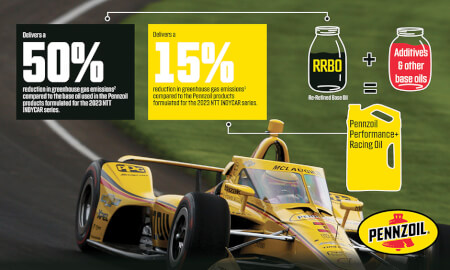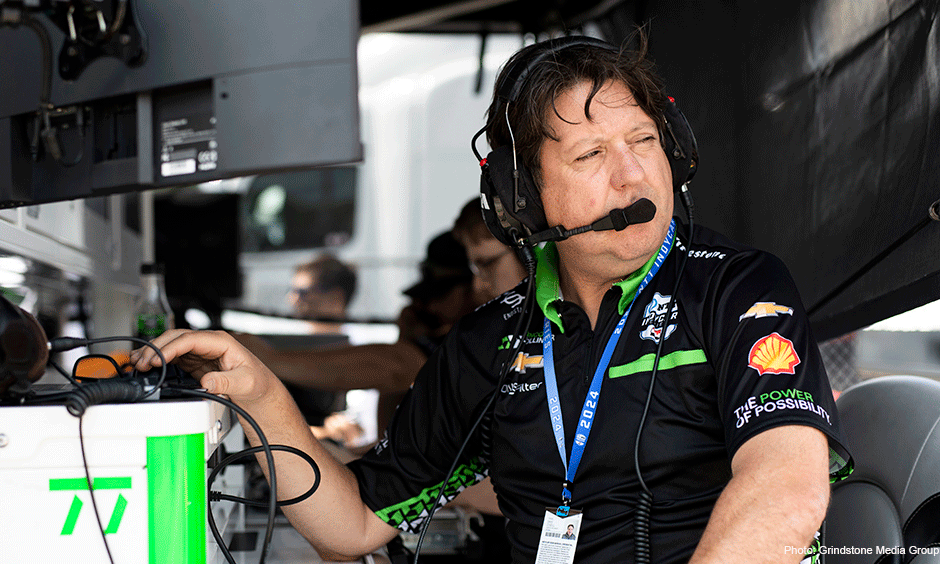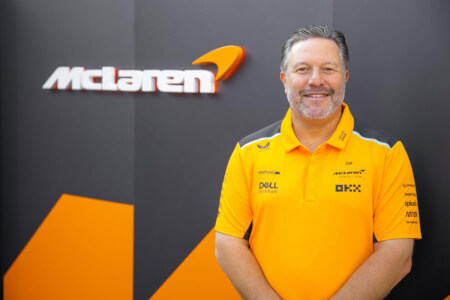May 10th 2024
IndyCar developing improved bellhousing
The IndyCar Series is developing a new and tougher bellhousing to deploy in the coming months.
After dealing with ongoing durability issues with the new and lighter magnesium bellhousings that debuted in March at St. Petersburg, RACER understands the series is working with chassis supplier Dallara to produce an updated batch of bellhousings that are thicker and stronger in key areas to combat the frequent cracking that has occurred with the structure that connects the internal combustion engines to the transmissions and rear suspensions.
Due to the unanticipated nature of the bellhousing production needs while within an active racing season, the exact timing for mass manufacturing and delivery of the revised units awaits confirmation. Once the fortified bellhousings are in hand, they will be outfitted to the entire field; it’s unclear if the uprated bellhousings will be used from the outset of the series’ anticipated move to hybrid powertrains, which is widely expected — but as yet unconfirmed — to take place at Mid-Ohio on July 5-7.
The original 2024 hybrid-specification magnesium bellhousings, which were mandatory purchases for IndyCar teams entering the new season, superseded the aluminum bellhousings that were used from 2012-2023.
Reverting to the aluminum bellhousings is not an option due to the design changes within the magnesium version, which deletes some of the previous internal structures to provide extra space to fit and hold the motor generator units and energy storage systems that comprise the energy recovery systems (ERS).
With the design changes that remove the internal shelving and some of the webbing that added rigidity — leftovers from the 2012-13 era where the use of a single turbocharger mounted in the bellhousing was permitted and adopted by Honda before IndyCar moved to a twin-turbo-only formula in 2014 — the new magnesium units have struggled to withstand the rigors of curb strikes and high material stresses found in in motor racing.
IndyCar attempted to alleviate the problem in April at Long Beach where teams were instructed to install additional skid plating beneath the bellhousings, but more cracking and subsequent welding and repairs were required by many teams to contend with the brittle nature of magnesium.
IndyCar attempted to alleviate the problem in April at Long Beach where teams were instructed to install additional skid plating beneath the bellhousings, but more cracking and subsequent welding and repairs were required by many teams to contend with the brittle nature of magnesium.
Once the latest redesign and manufacturing process is complete, the replacement bellhousings will carry IndyCar’s spec ERS units — which add more than 100 pounds of weight to the cars and demand higher levels of robustness as harder hits to track surfaces and an increase in torsional loading will need to be managed.
The series’ plan is to have Ilmor Engineering, makers of Chevrolet’s championship-winning IndyCar engines, act as the service provider for all teams with the assembly, distribution, and maintenance of the spec bellhousings with the ERS units pre-installed.
For more information: www.racer.com
For more Industry News, please Click Here
For more information: www.racer.com
For more Industry News, please Click Here












